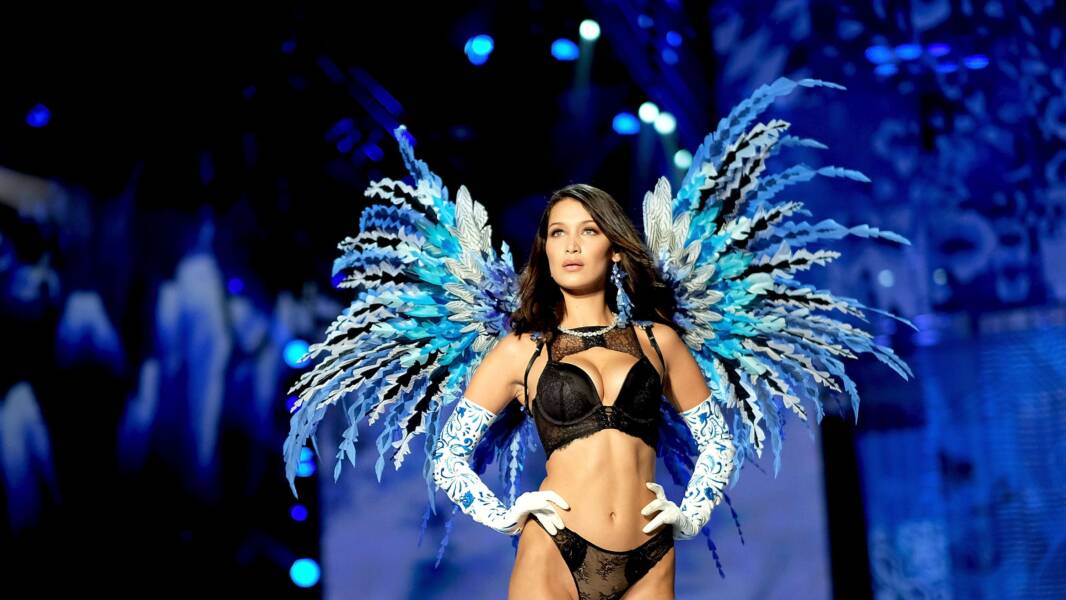In the world of lingerie, one brand has long reigned supreme, captivating the hearts and imaginations of millions—Victoria’s Secret. Established in 1977, this iconic brand has transcended its status as a mere retailer, becoming synonymous with glamour, sensuality, and sophistication. Join us as we delve into the captivating history of Victoria’s Secret, exploring its evolution, impact, and enduring appeal.

1. The Genesis of Seduction: The Birth of Victoria’s Secret
The story of Victoria’s Secret begins in San Francisco, where Roy Raymond sought to create a space that would make lingerie shopping a more comfortable experience for men. In 1977, he opened the first Victoria’s Secret store, aiming to offer a haven where men could purchase intimate apparel for their partners without feeling awkward.
2. The Angelic Transformation: From Specialty Store to Global Phenomenon
Victoria’s Secret quickly outgrew its initial niche, evolving into a global powerhouse. The brand embraced a strategic shift in the 1980s, repositioning itself as a symbol of luxury, fantasy, and empowerment. The introduction of the Victoria’s Secret Fashion Show in 1995, with its dazzling displays of lingerie and supermodel prowess, further propelled the brand into the international spotlight.
3. Iconic Angels: Supermodels and Ambassadors
A key ingredient in Victoria’s Secret’s success has been its collaboration with renowned supermodels. From the iconic “Angels” like Heidi Klum, Tyra Banks, and Gisele Bündchen to recent faces like Adriana Lima and Karlie Kloss, these ambassadors have played a pivotal role in defining the brand’s image and fostering a sense of aspiration among consumers.
4. The Power of Marketing: Fantasy Bras and Beyond
Victoria’s Secret has mastered the art of creating buzz, and nothing exemplifies this more than the annual unveiling of the Fantasy Bra. Encrusted with diamonds and precious gems, these one-of-a-kind creations symbolize the epitome of luxury lingerie. The marketing strategy behind the Fantasy Bra not only drives sales but also solidifies Victoria’s Secret as a cultural phenomenon.
5. Shifting Perspectives: Challenges and Criticisms
Despite its global success, Victoria’s Secret has faced criticism in recent years for its narrow definition of beauty and femininity. The brand has been challenged to adapt to changing societal attitudes towards inclusivity and body positivity. In response, Victoria’s Secret has made efforts to redefine its image, embracing a more diverse range of models and sizes.
6. The Digital Revolution: E-commerce and Social Media
As the retail landscape evolves, so too does Victoria’s Secret. Embracing the digital age, the brand has expanded its reach through e-commerce and social media. The Victoria’s Secret Instagram account, boasting millions of followers, has become a platform for showcasing its products, engaging with consumers, and promoting a lifestyle synonymous with the brand.
7. The Future of Seduction: Innovations and Adaptations
In a rapidly changing world, Victoria’s Secret continues to innovate. The brand has explored new avenues, including athletic wear through its Pink line, catering to the growing demand for comfortable and stylish activewear. As Victoria’s Secret adapts to emerging trends and consumer preferences, it remains a force to be reckoned with in the lingerie industry.
Conclusion:
The history of Victoria’s Secret is a tale of evolution, from a small specialty store to a global icon. Its journey has been marked by innovation, controversy, and a commitment to redefining the standards of beauty and sensuality. As the brand navigates the challenges of a dynamic market, one thing remains certain: Victoria’s Secret will continue to shape the world of lingerie, inviting us to indulge in the allure of fantasy and sophistication.